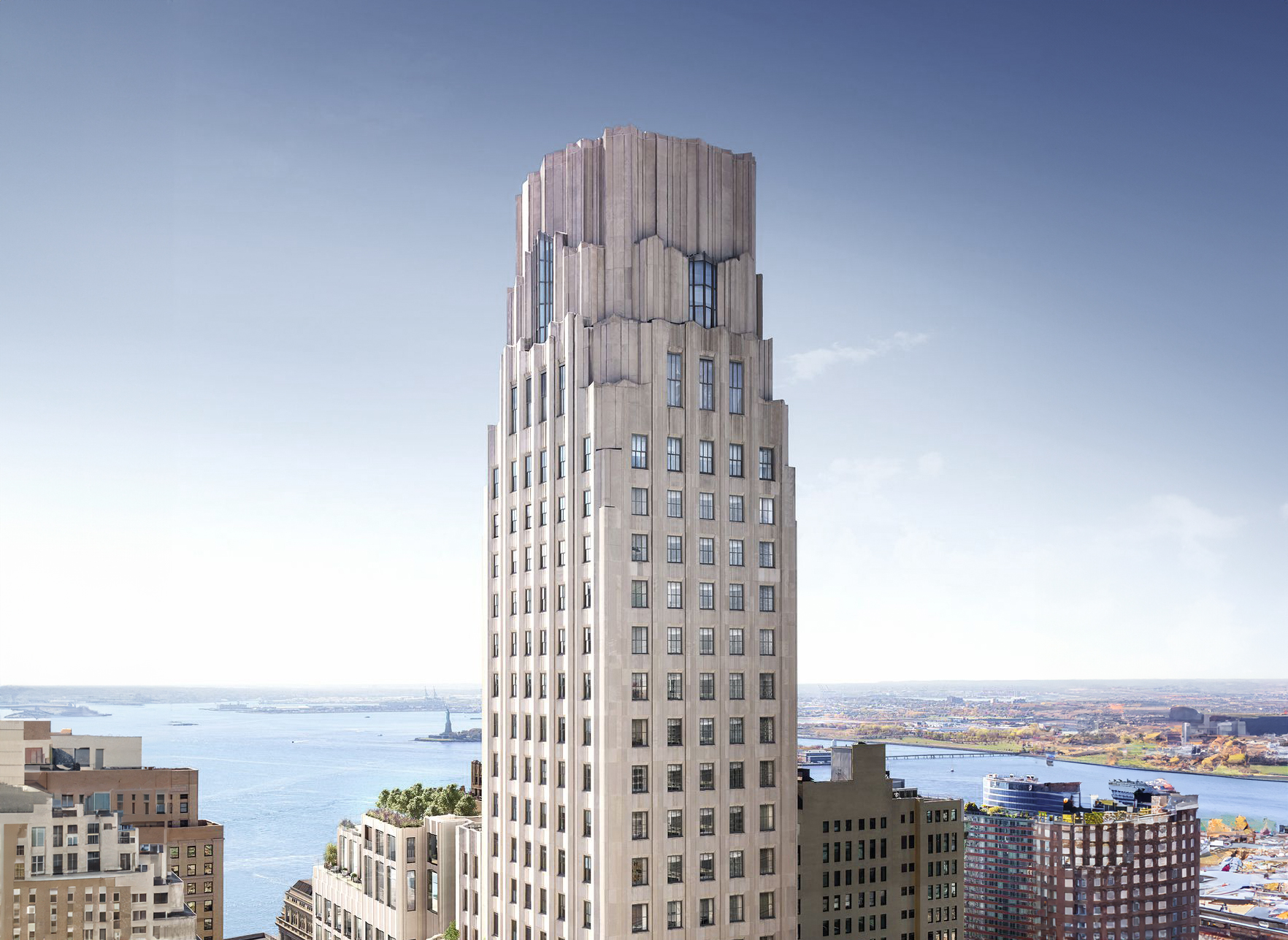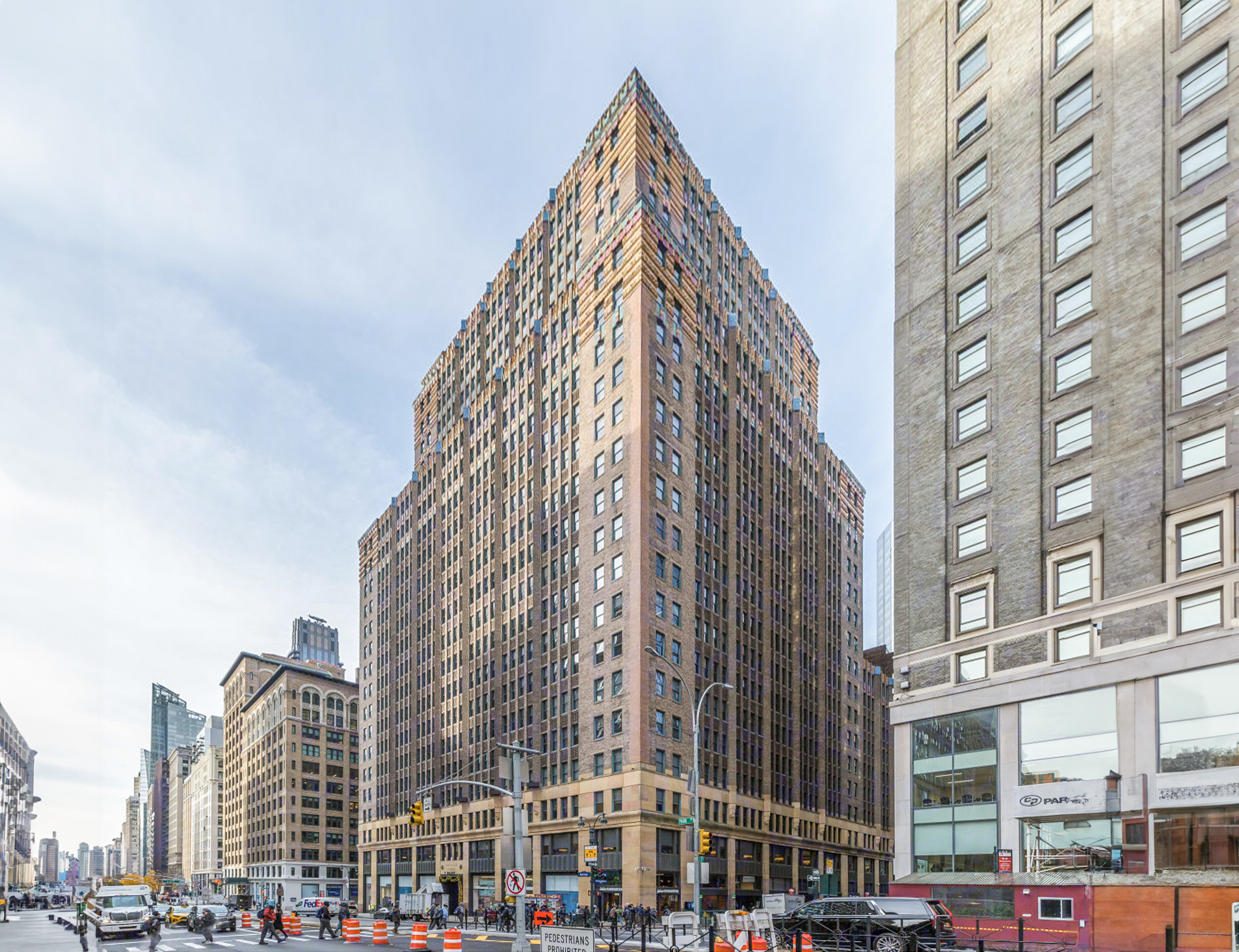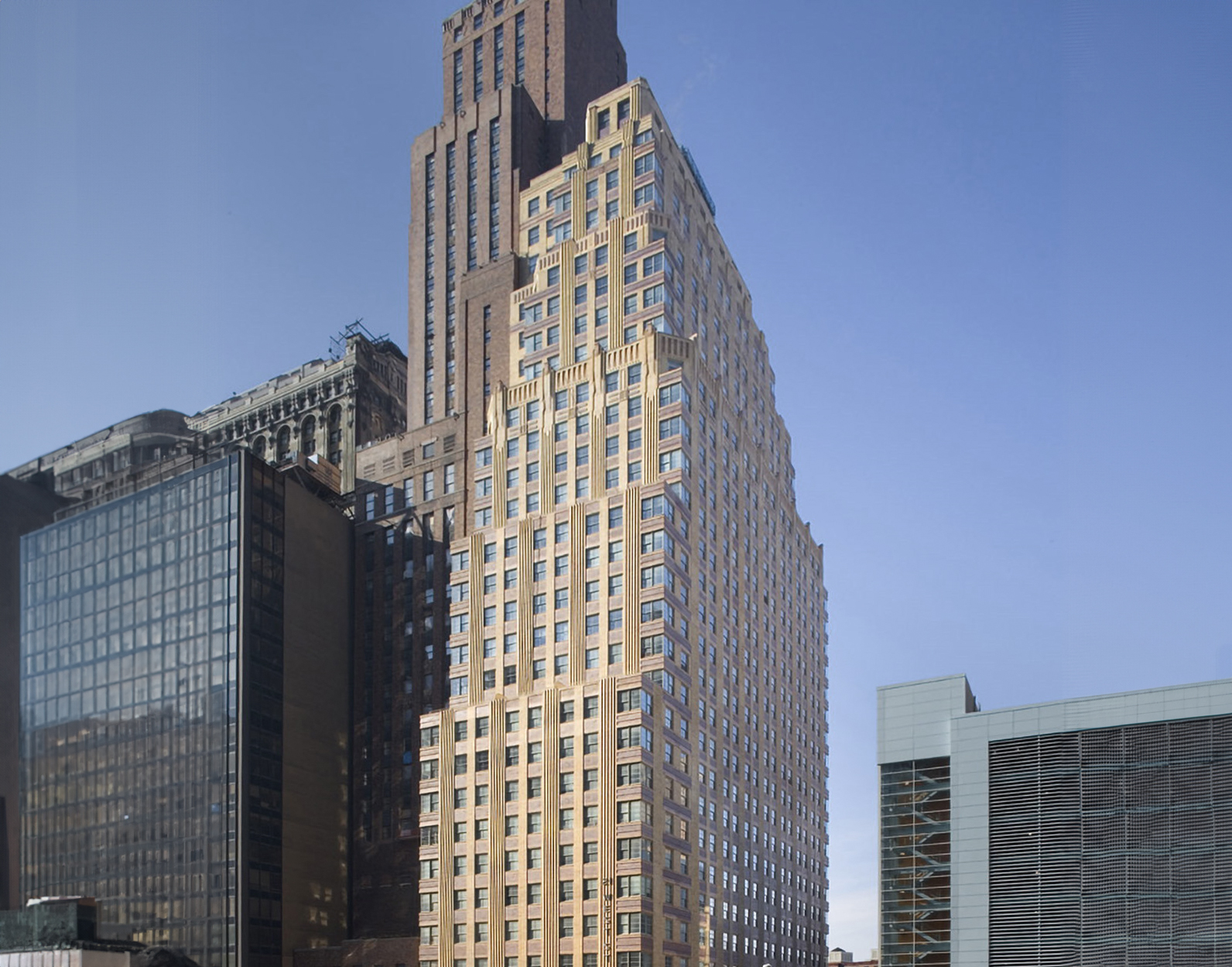The General Electric Building is an Art-deco skyscraper designed by Cross & Cross, and built between 1929 and 1931 in New York, NY.
General Electric Building is not the only name you might know this building by though. The building is, or has also been known as 570 Lexington Avenue Building.
Its precise street address is 570 de Lexington Avenue, New York, NY. You can also find it on the map here.
The General Electric Building is a structure of significant importance both for the city of New York and the United States as a nation. The building embodies the distinctive characteristic features of the time in which it was built and the Art Deco style. Because of that, the General Electric Building was officially declared as a national landmark on July 9th 1985, and was included in the National Register of Historic Places on January 28th 2004.






